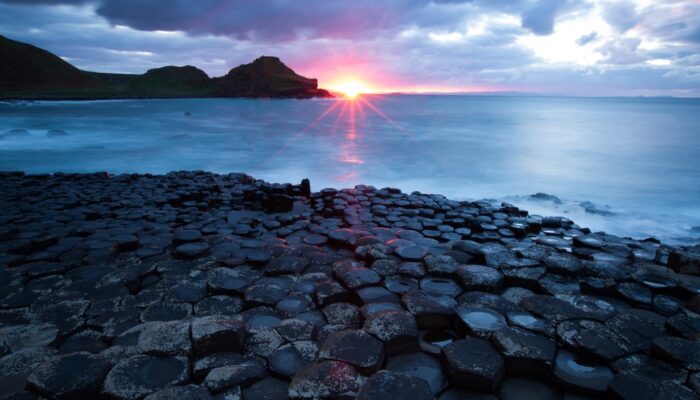
Pictured here is the Giant’s Causeway – a region of basalt columns, created 50-60 million years ago during the Paleogene. The typical polygonal form of the bedrocks, a product of active volcanic processes from the past, is well underlined by the sunset’s light; that’s why I took the photo in the late evening. The separate cracks are extended by weathering over time and are filled eluvium, geological debris from the erosion.
After the lava cooled, approximately 40,000 columns have since been polished by sea wave action. I decided to show the slow action of the sea with a long exposure, because it’s a continuous process, not obvious at first to an untrained person, but nevertheless very important now. I think in one photo we can find a deep history of Earth’s development, which palaeogeographers are still trying to understand.
by Osip Kokin, Lomonosov Moscow State University, Russia
Imaggeo is the EGU’s online open access geosciences image repository. All geoscientists (and others) can submit their photographs and videos to this repository and, since it is open access, these images can be used for free by scientists for their presentations or publications, by educators and the general public, and some images can even be used freely for commercial purposes. Photographers also retain full rights of use, as Imaggeo images are licensed and distributed by the EGU under a Creative Commons licence. Submit your photos at http://imaggeo.egu.eu/upload/.



